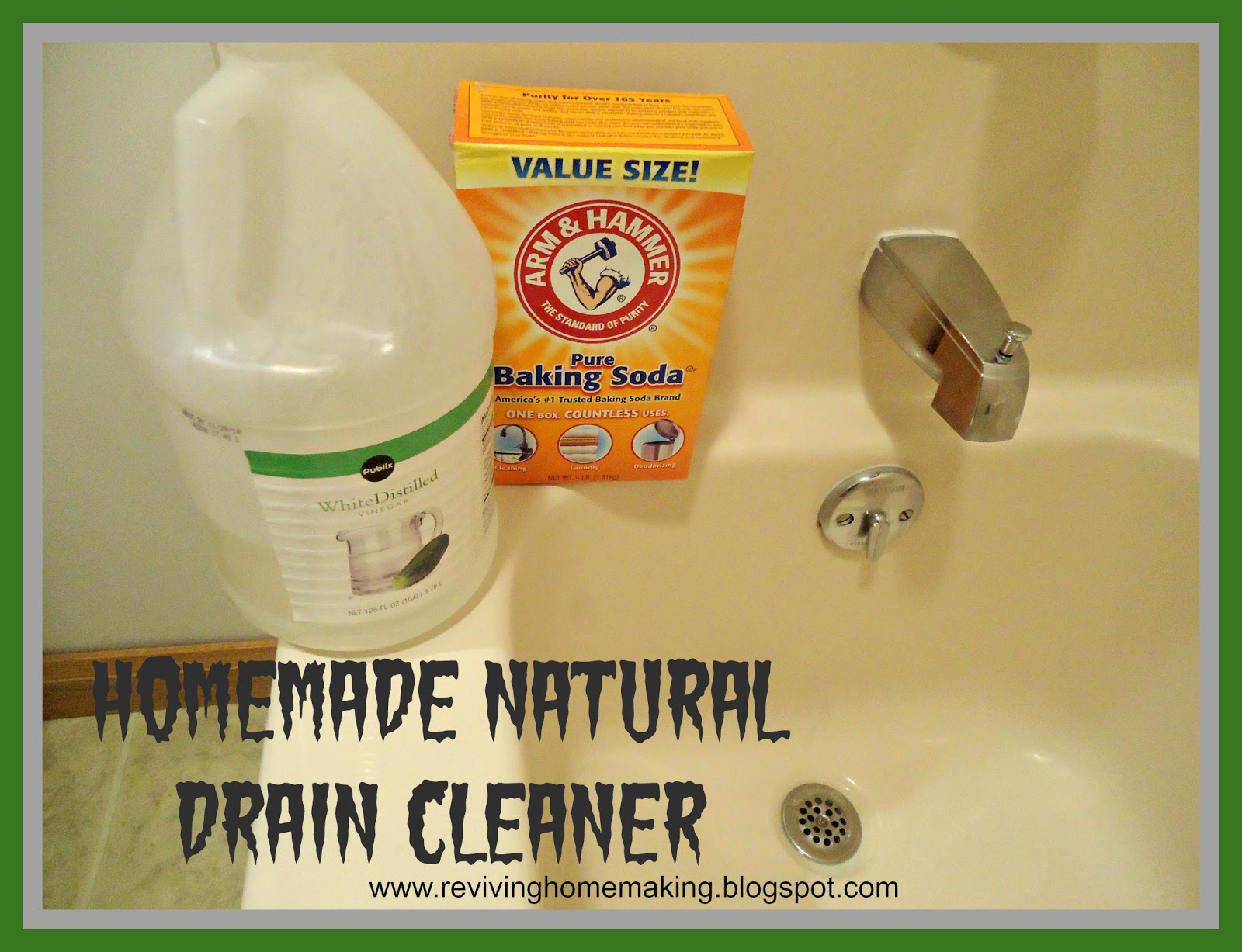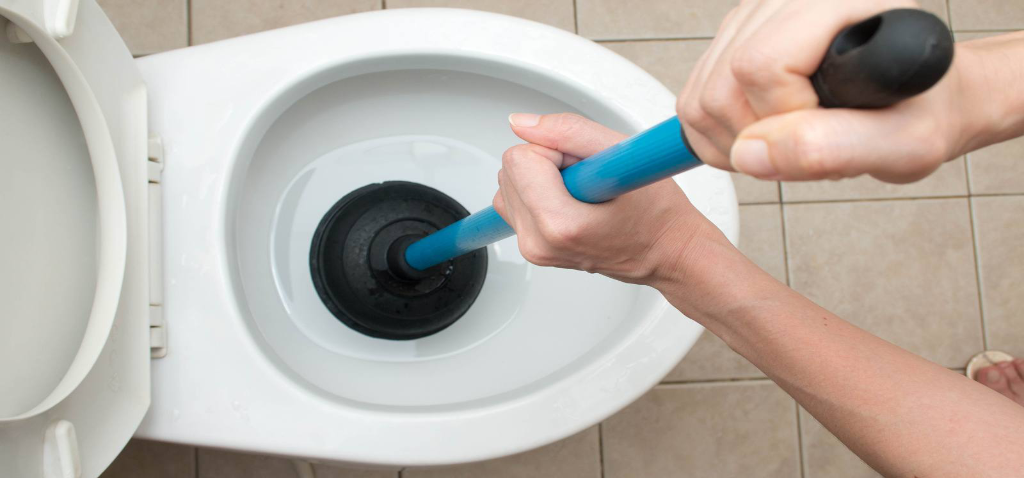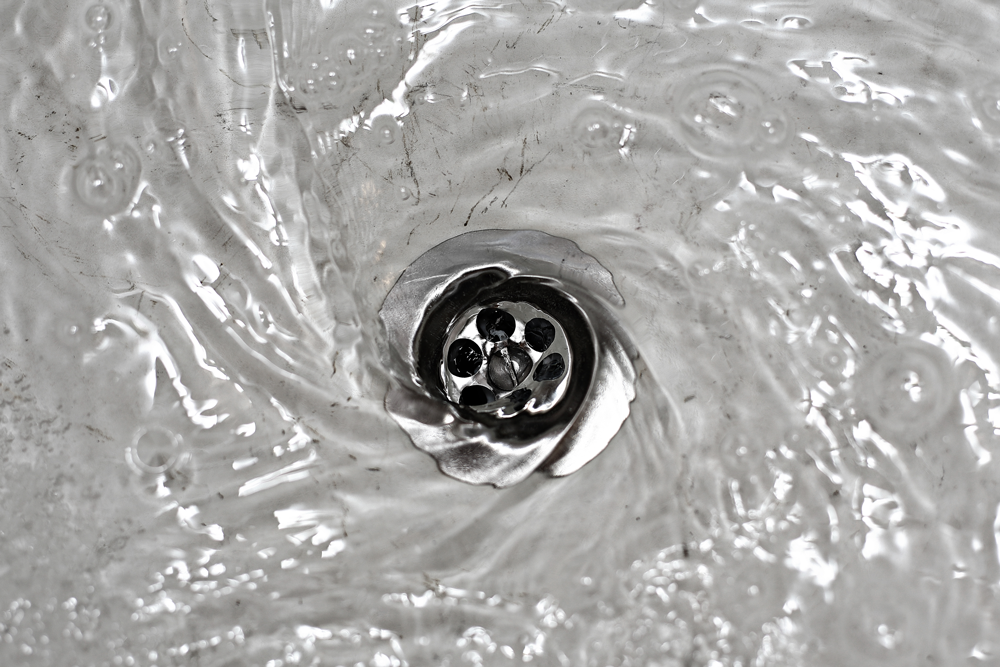If you have a clogged kitchen sink with standing water, the first thing you should try is using a plunger. This tried and true method can be effective in breaking up and removing blockages in your drain. To use a plunger, make sure there is enough water in the sink to cover the suction cup. Then, place the plunger over the drain and push down gently, creating a seal. Once you have a good seal, start plunging up and down vigorously. This will create pressure and suction that can help dislodge the clog. After a few minutes, remove the plunger and see if the water starts to drain. If not, you can repeat the process or try another method.1. Using a Plunger
If the plunger doesn't work, the next step is to try using a drain snake. This tool, also known as a plumbing auger, can reach deeper into your pipes to break up and remove stubborn clogs. Insert the snake into the drain and turn the handle to navigate through the pipes. When you reach the blockage, use the snake to break it up and pull it out. Once the clog is removed, run hot water down the drain to clear out any remaining debris. If you don't have a drain snake, you can purchase one at your local hardware store or consider calling a professional plumber.2. Using a Drain Snake
For a more natural approach to unclogging your kitchen sink, you can try using a combination of baking soda and vinegar. Pour half a cup of baking soda down the drain, followed by half a cup of white vinegar. The mixture will create a chemical reaction that can help break up and dissolve the clog. Let it sit for about 15 minutes, then pour hot water down the drain to flush out the debris. You can repeat this process a few times if necessary.3. Using Baking Soda and Vinegar
If you have a grease or oil-based clog, boiling water can be an effective solution. Boil a pot of water on the stove and carefully pour it down the drain in two or three stages, allowing the water to work on the clog for a few seconds in between. The hot water can help melt and dislodge the grease, allowing it to flow down the drain. Be cautious when using boiling water and make sure to use heat-resistant gloves to protect your hands.4. Using Boiling Water
If you have a wet/dry vacuum, you can also try using it to unclog your kitchen sink. Set the vacuum to the liquid setting and place the hose over the drain, creating a tight seal. Turn on the vacuum to create suction and see if it can pull out the clog. This method may work best for larger or solid clogs that can be easily sucked up by the vacuum.5. Using a Wet/Dry Vacuum
If all else fails, you may need to remove and clean the P-trap under your sink. This curved pipe is often where clogs can occur, as debris can get trapped there. Place a bucket under the P-trap to catch any water or debris that may come out. Use a wrench to loosen the connections and remove the P-trap. Clean out any debris and rinse it with hot water before replacing it. This method may be more time-consuming, but it can be effective in removing stubborn clogs.6. Removing and Cleaning the P-Trap
If none of the above methods work, you can also try using a chemical drain cleaner. Be sure to follow the instructions carefully and use caution when handling these products. Pour the recommended amount of cleaner down the drain and let it sit for the specified time. Then, run hot water down the drain to flush out any remaining debris. Keep in mind that these products may contain harsh chemicals, so it's important to use them sparingly and with caution.7. Using a Chemical Drain Cleaner
If you prefer to avoid using chemical drain cleaners, you can make your own natural cleaner using ingredients you may already have at home. Mix half a cup of baking soda with half a cup of salt and pour it down the drain. Then, pour half a cup of vinegar down the drain and let it sit for about 15 minutes. Finally, pour hot water down the drain to flush out the mixture. This method may not be as strong as chemical cleaners, but it can be effective for minor clogs.8. Using a Homemade Drain Cleaner
If you've tried all of the above methods and your kitchen sink is still clogged with standing water, it may be time to call a professional plumber. They have the tools and expertise to handle even the most stubborn clogs. Plus, they can also inspect your pipes for any potential issues and provide recommendations for preventing future clogs.9. Calling a Professional Plumber
The best way to deal with a clogged kitchen sink is to prevent it from happening in the first place. Be mindful of what you put down your drain, and avoid pouring grease or oil down the sink. You can also use a drain stopper or strainer to catch any food particles or debris before they go down the drain. Regularly cleaning your drain and pipes can also help prevent clogs from forming. With these preventative measures, you can avoid the hassle and expense of dealing with a clogged kitchen sink.10. Preventing Future Clogs
Preventative Measures for a Clogged Kitchen Sink

Keeping Your Sink Clear and Flowing Smoothly
 When it comes to maintaining a functional and efficient kitchen, having a clogged sink can be a major inconvenience. Not only can it disrupt your daily routine, but it can also lead to more serious plumbing issues if left untreated. That's why it's important to take preventative measures to avoid a clogged kitchen sink. By following these simple steps, you can keep your sink clear and flowing smoothly, saving you time and money in the long run.
When it comes to maintaining a functional and efficient kitchen, having a clogged sink can be a major inconvenience. Not only can it disrupt your daily routine, but it can also lead to more serious plumbing issues if left untreated. That's why it's important to take preventative measures to avoid a clogged kitchen sink. By following these simple steps, you can keep your sink clear and flowing smoothly, saving you time and money in the long run.
Proper Disposal of Food Scraps
 One of the main causes of a clogged kitchen sink is the improper disposal of food scraps. While it may seem convenient to just push food particles down the drain, they can easily build up and create a blockage. To prevent this, always scrape excess food into the trash before rinsing dishes and avoid pouring oils or grease down the drain, as they can solidify and cause clogs.
One of the main causes of a clogged kitchen sink is the improper disposal of food scraps. While it may seem convenient to just push food particles down the drain, they can easily build up and create a blockage. To prevent this, always scrape excess food into the trash before rinsing dishes and avoid pouring oils or grease down the drain, as they can solidify and cause clogs.
Regular Cleaning and Maintenance
 Another key preventative measure is to regularly clean and maintain your kitchen sink. This includes using a sink strainer to catch any food scraps or debris and cleaning it out after each use. Additionally, using a mixture of hot water and vinegar to flush out your pipes can help prevent buildup and keep them clear.
Another key preventative measure is to regularly clean and maintain your kitchen sink. This includes using a sink strainer to catch any food scraps or debris and cleaning it out after each use. Additionally, using a mixture of hot water and vinegar to flush out your pipes can help prevent buildup and keep them clear.
Be Mindful of What Goes Down the Drain
 In addition to food scraps, there are other items that should never go down the drain, including coffee grounds, eggshells, and fibrous foods like celery or potato peels. These items can easily get stuck in your pipes and cause clogs. It's important to be mindful of what you're putting down the drain and dispose of these items in the trash instead.
By taking these preventative measures, you can avoid the hassle and frustration of a clogged kitchen sink. Remember to properly dispose of food scraps, regularly clean your sink, and be mindful of what goes down the drain. By doing so, you can keep your sink clear and functioning properly, making your daily kitchen routine much smoother and more enjoyable.
In addition to food scraps, there are other items that should never go down the drain, including coffee grounds, eggshells, and fibrous foods like celery or potato peels. These items can easily get stuck in your pipes and cause clogs. It's important to be mindful of what you're putting down the drain and dispose of these items in the trash instead.
By taking these preventative measures, you can avoid the hassle and frustration of a clogged kitchen sink. Remember to properly dispose of food scraps, regularly clean your sink, and be mindful of what goes down the drain. By doing so, you can keep your sink clear and functioning properly, making your daily kitchen routine much smoother and more enjoyable.
Conclusion
 In conclusion, a clogged kitchen sink can be a major inconvenience, but it can easily be avoided with some simple preventative measures. By being mindful of what goes down the drain, regularly cleaning and maintaining your sink, and properly disposing of food scraps, you can keep your sink clear and flowing smoothly. Don't let a clogged sink disrupt your daily routine, take these preventative measures to keep your kitchen running smoothly.
In conclusion, a clogged kitchen sink can be a major inconvenience, but it can easily be avoided with some simple preventative measures. By being mindful of what goes down the drain, regularly cleaning and maintaining your sink, and properly disposing of food scraps, you can keep your sink clear and flowing smoothly. Don't let a clogged sink disrupt your daily routine, take these preventative measures to keep your kitchen running smoothly.

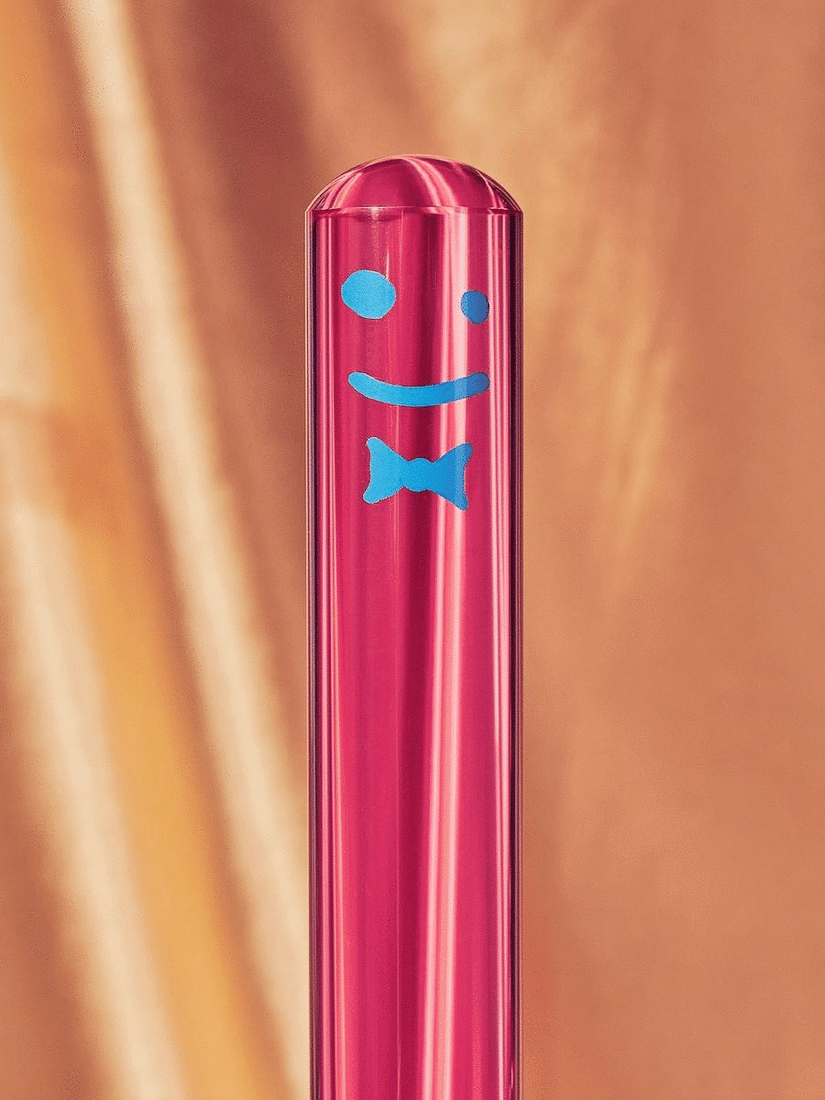




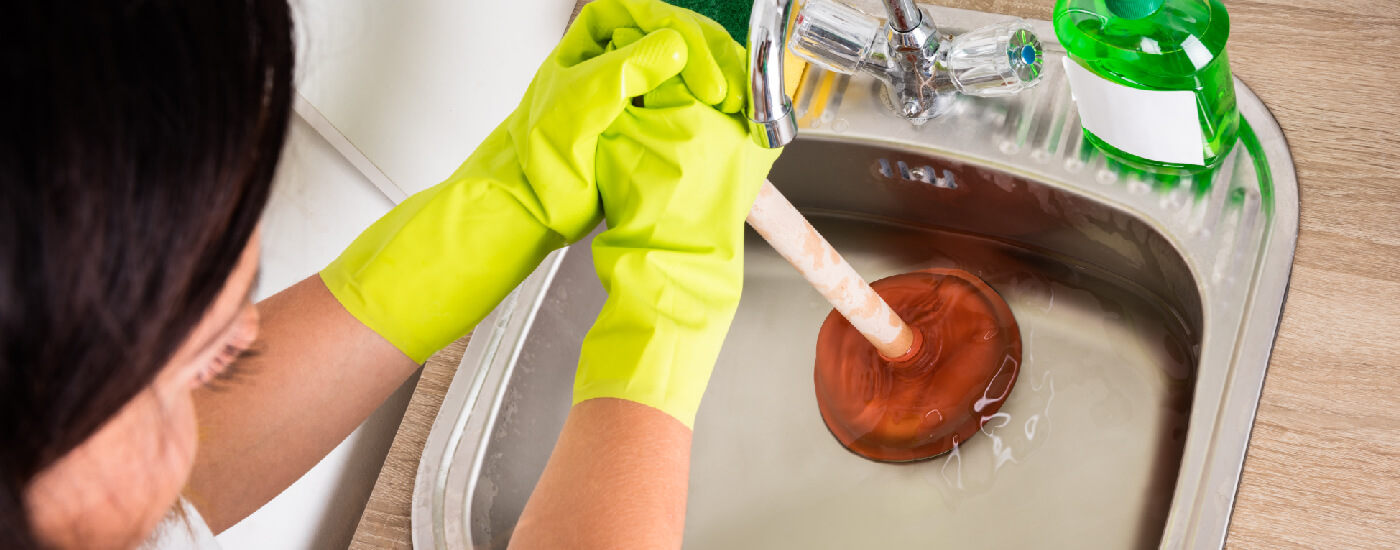



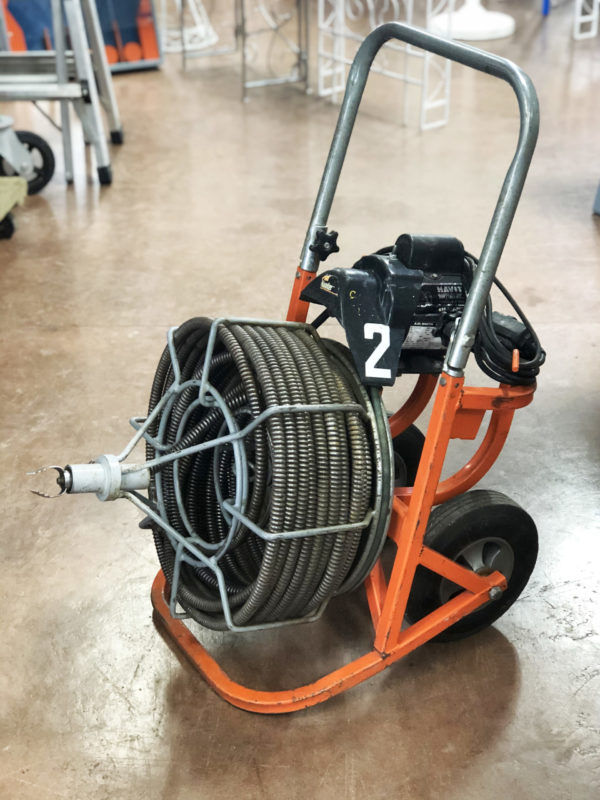


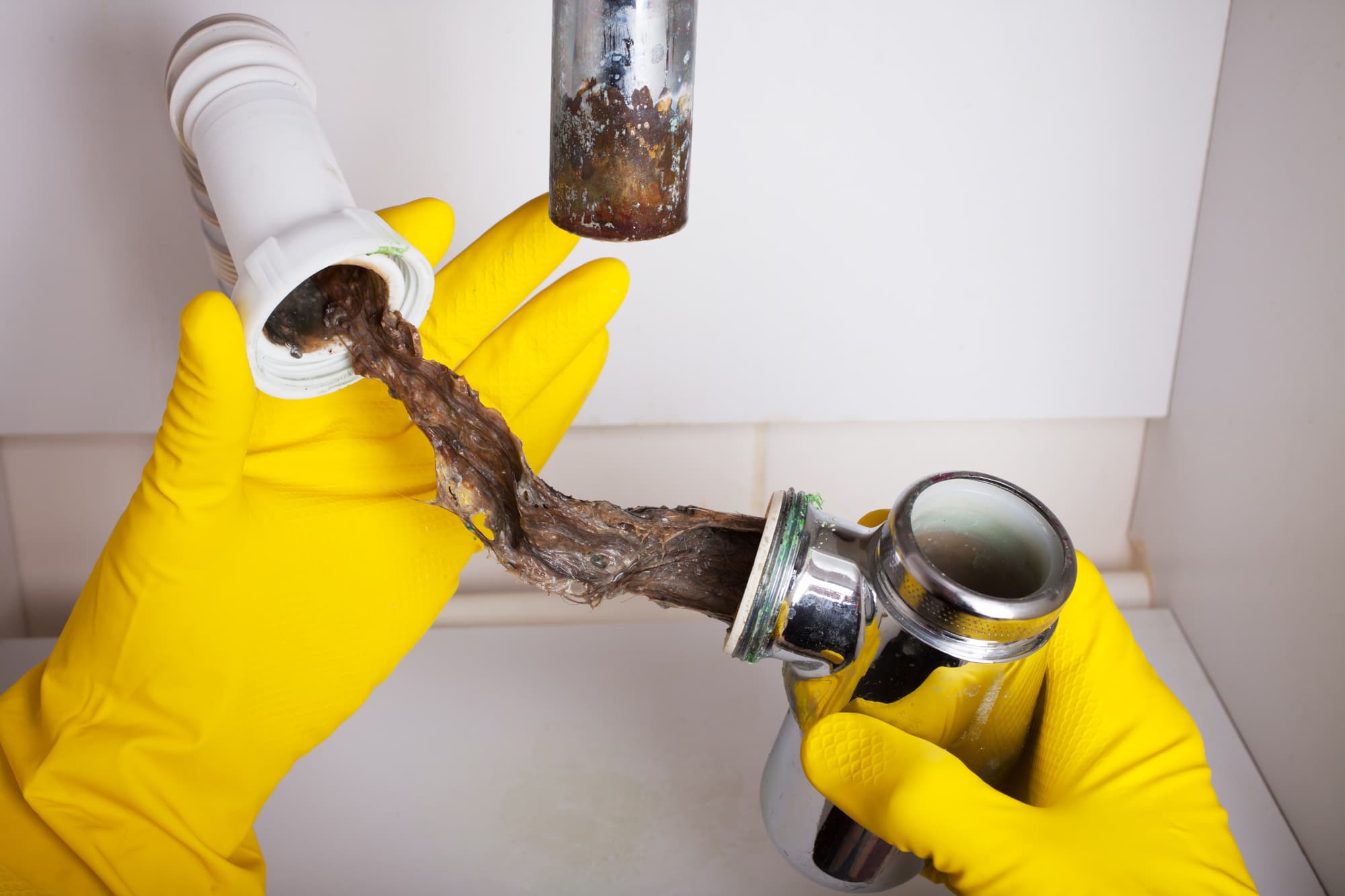

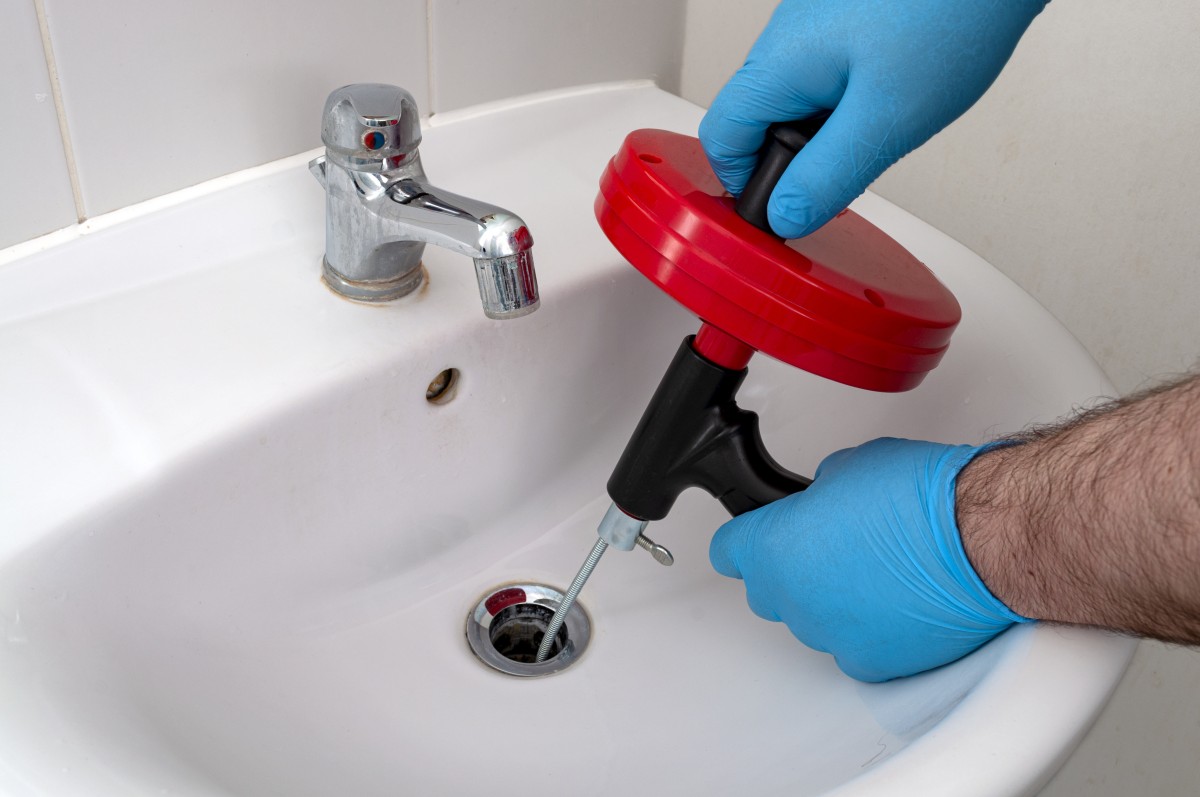
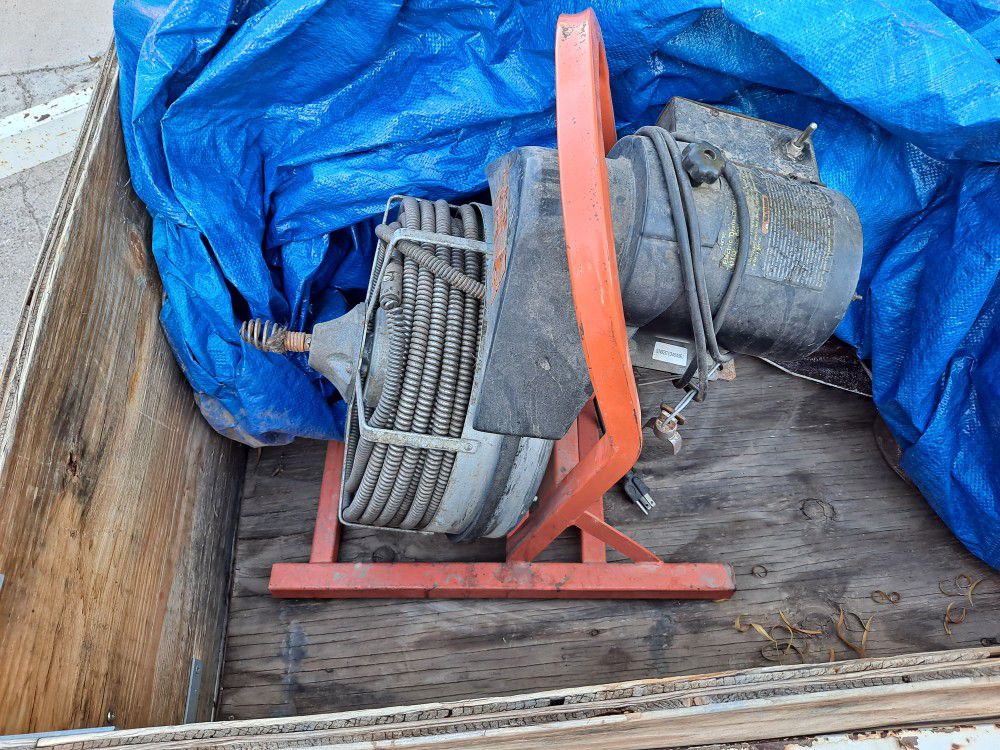




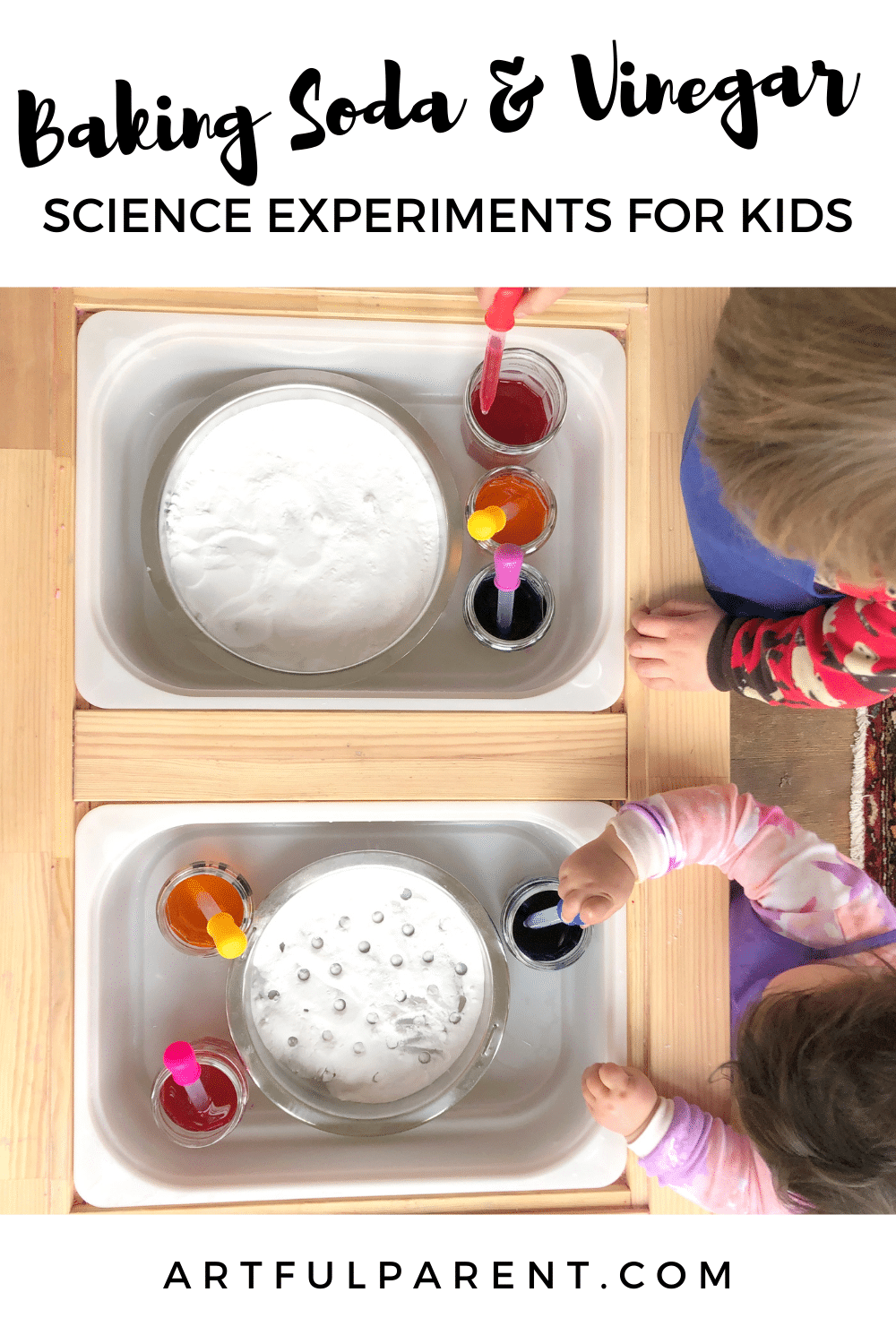




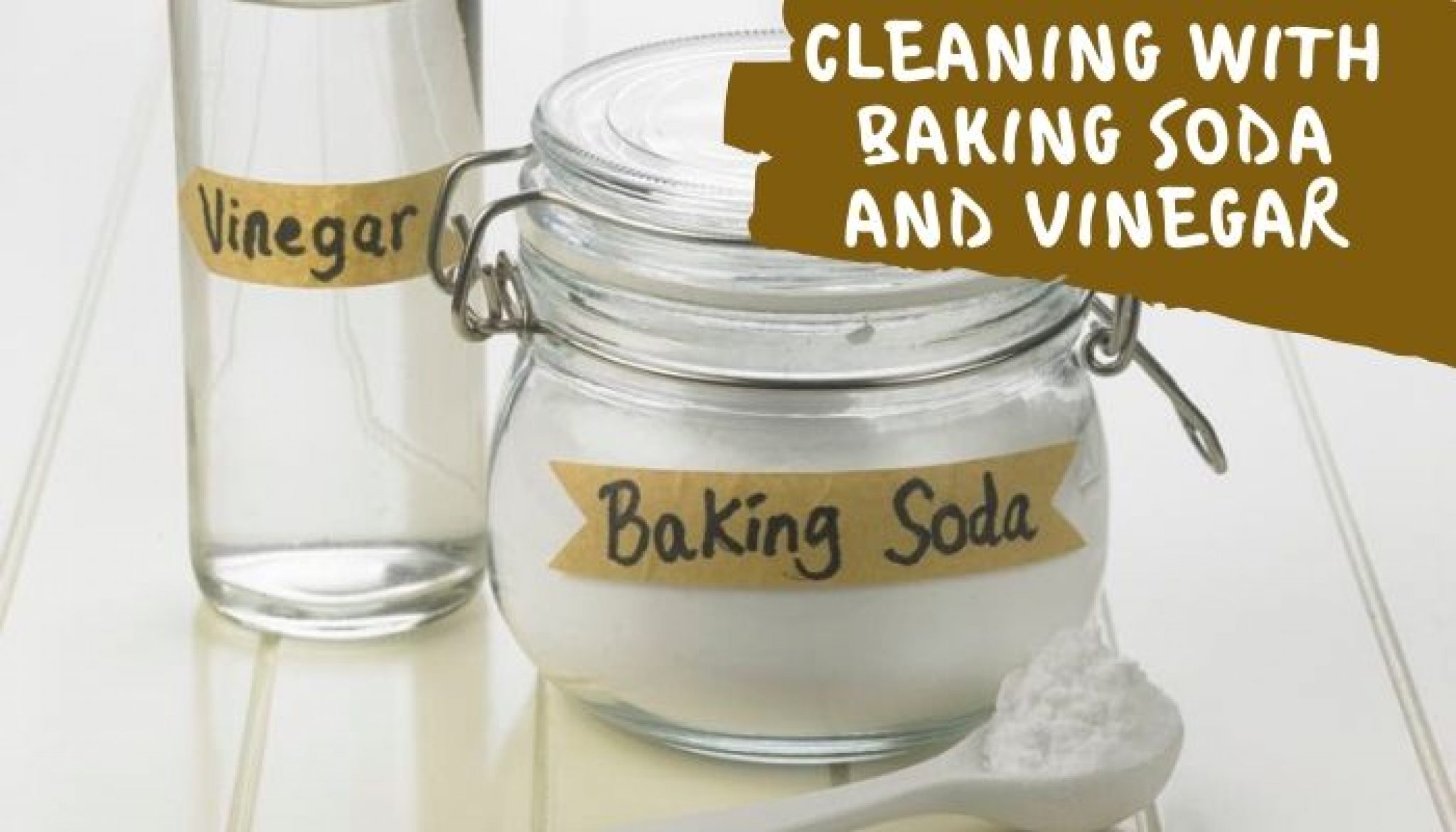


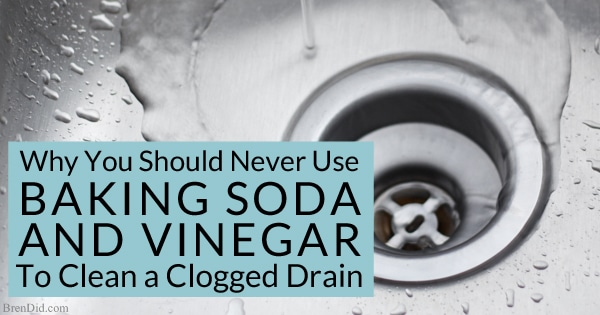


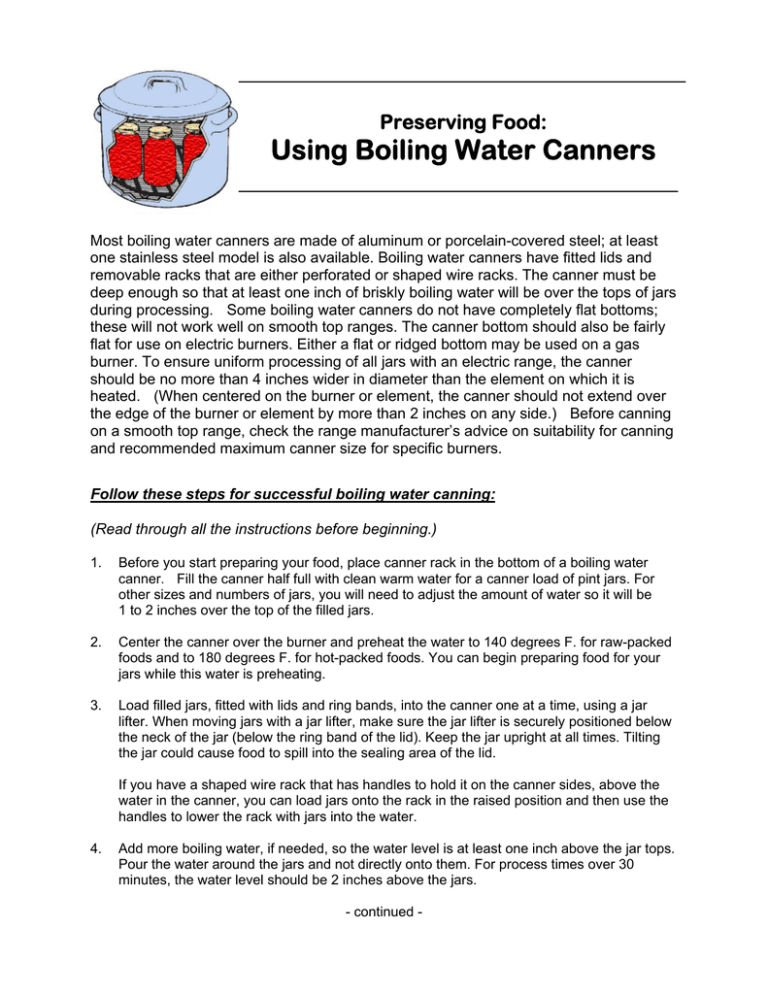
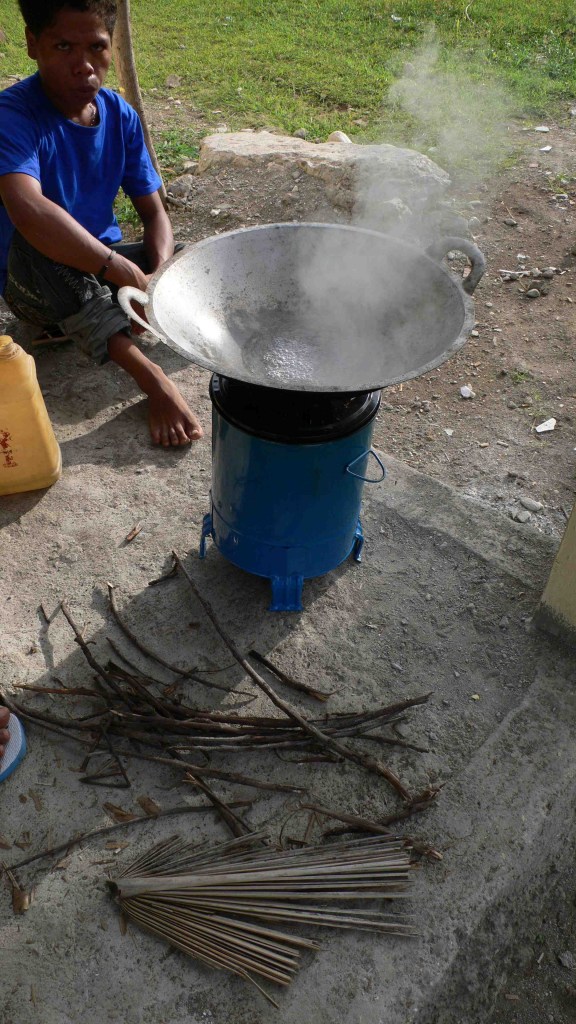

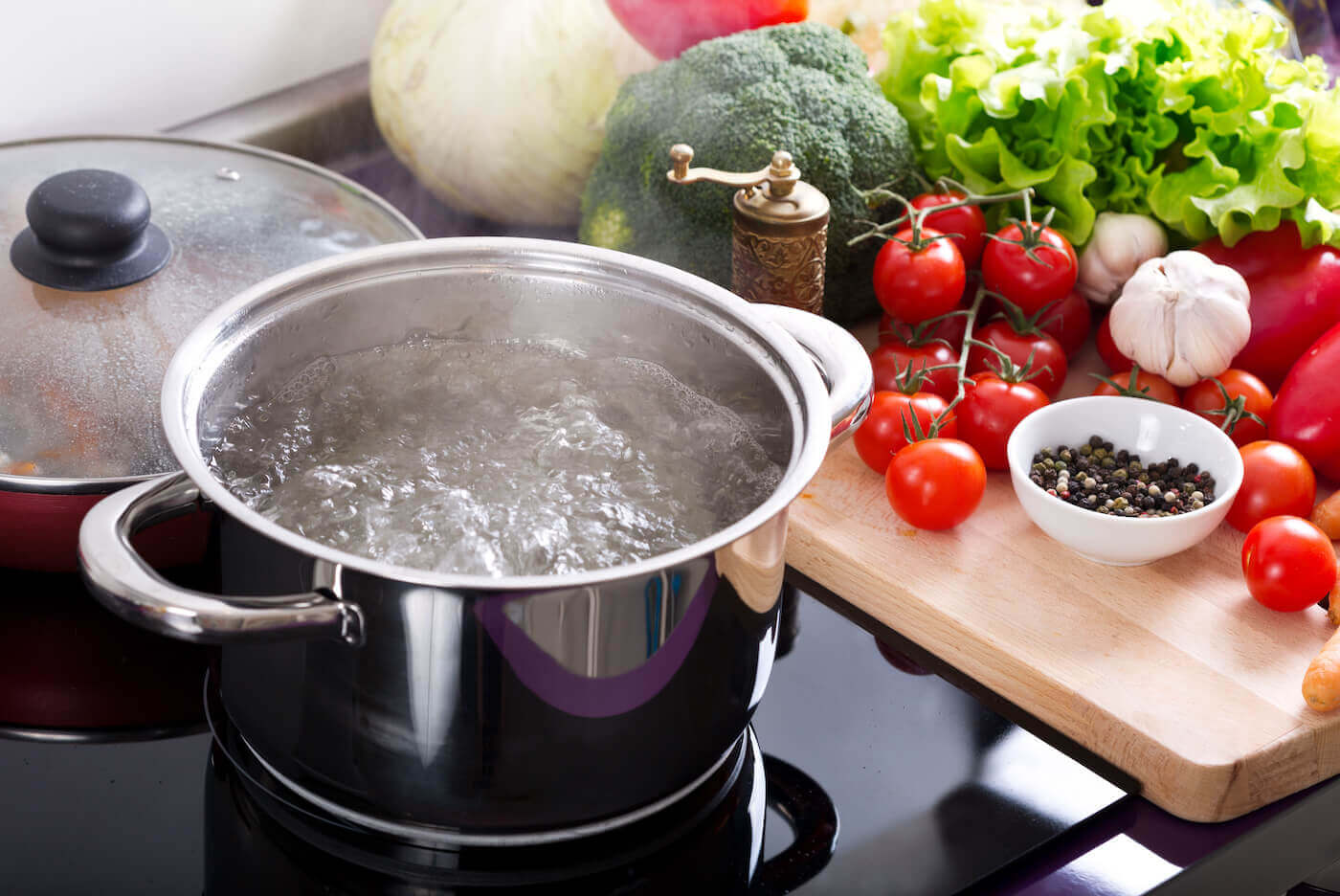
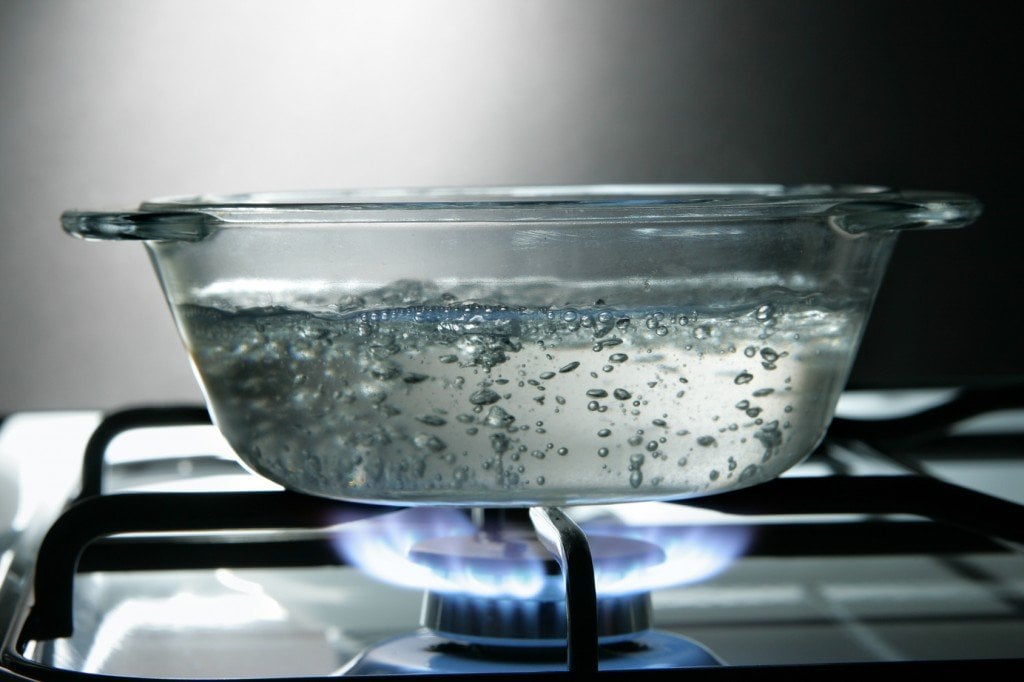
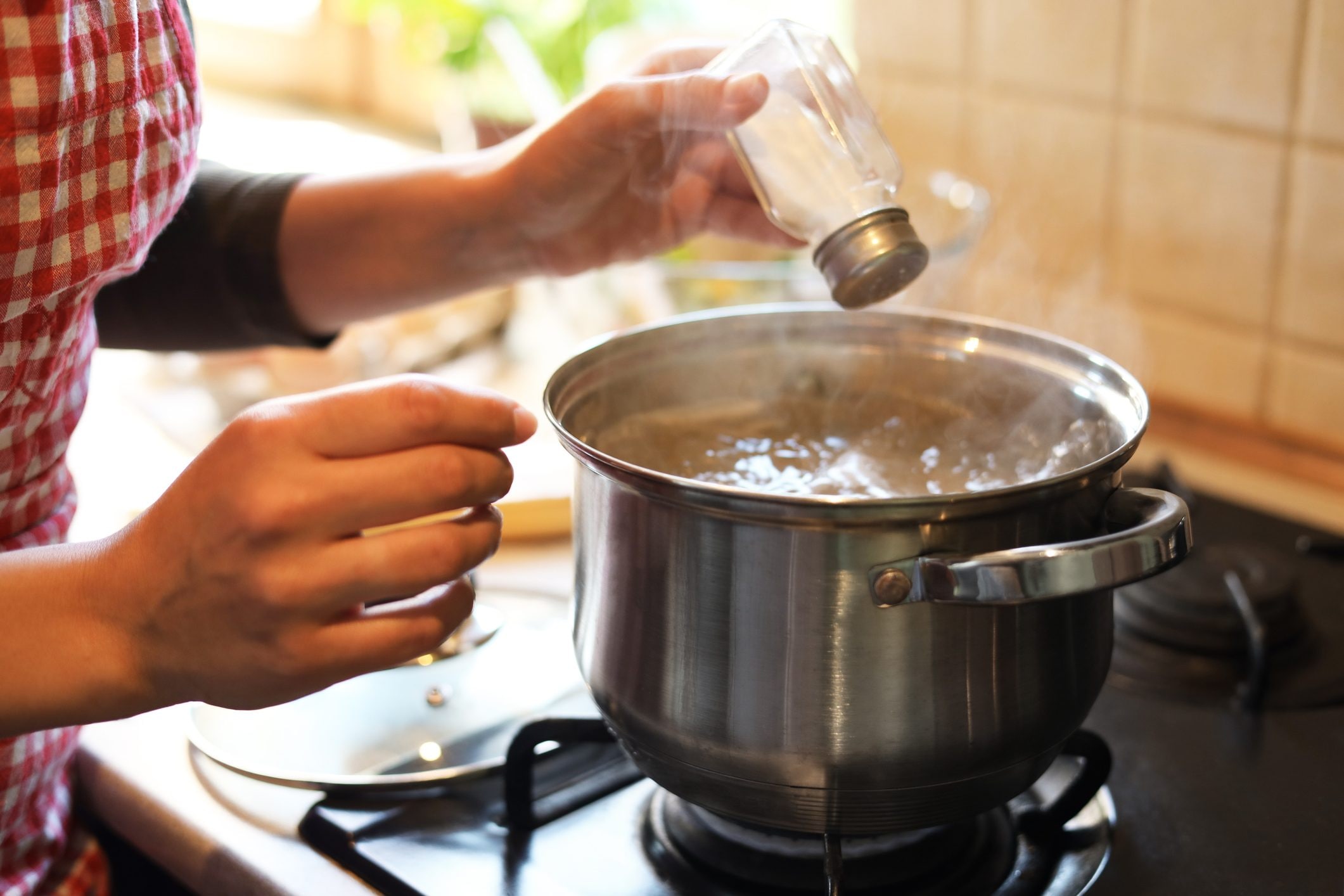
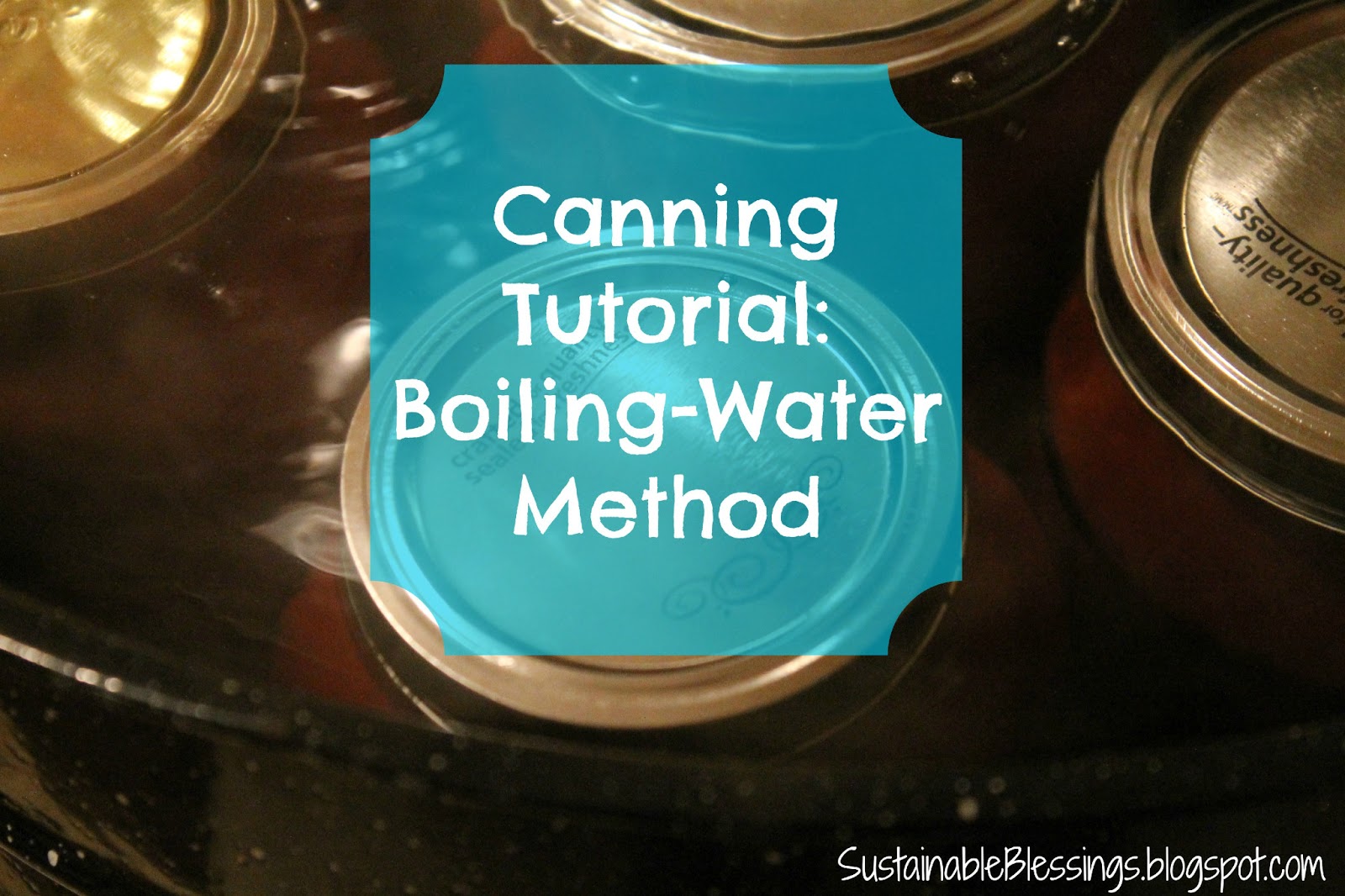



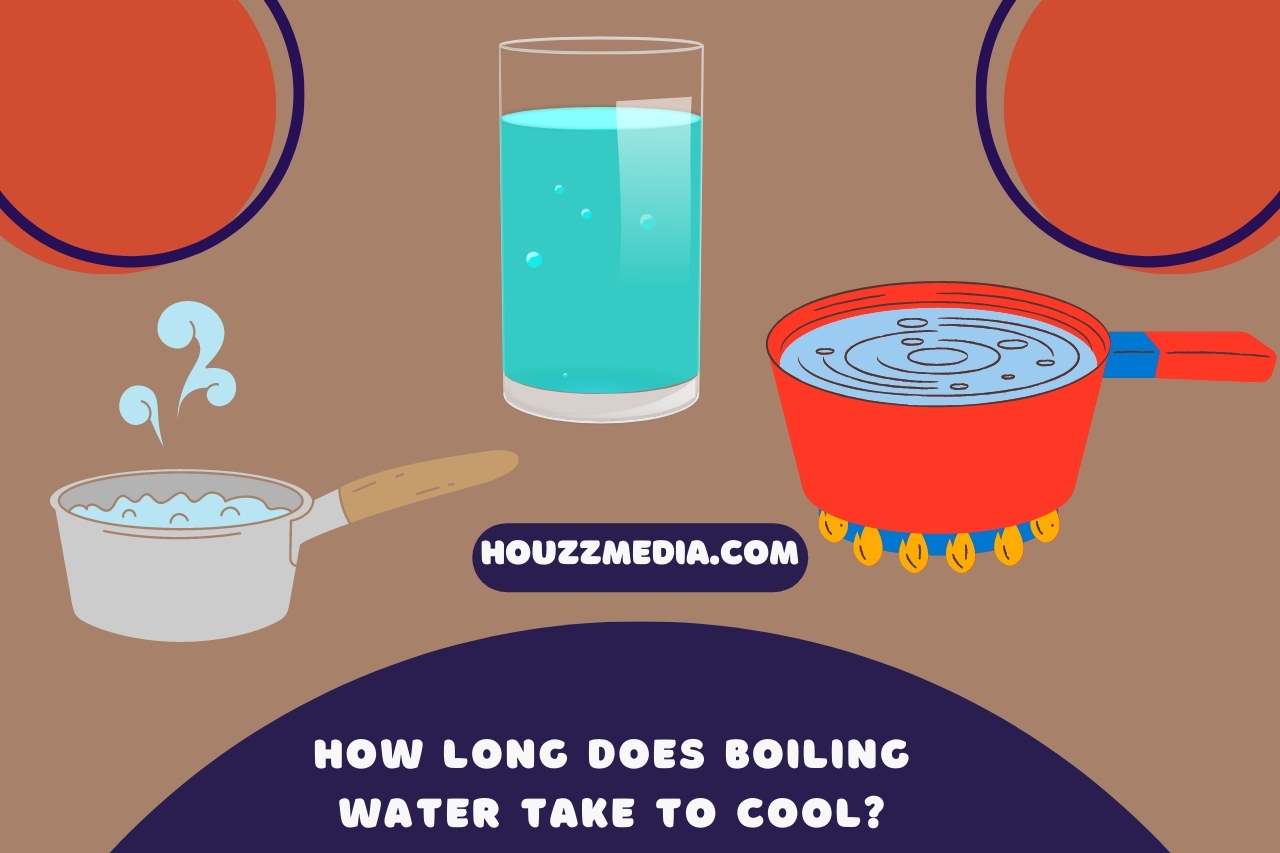















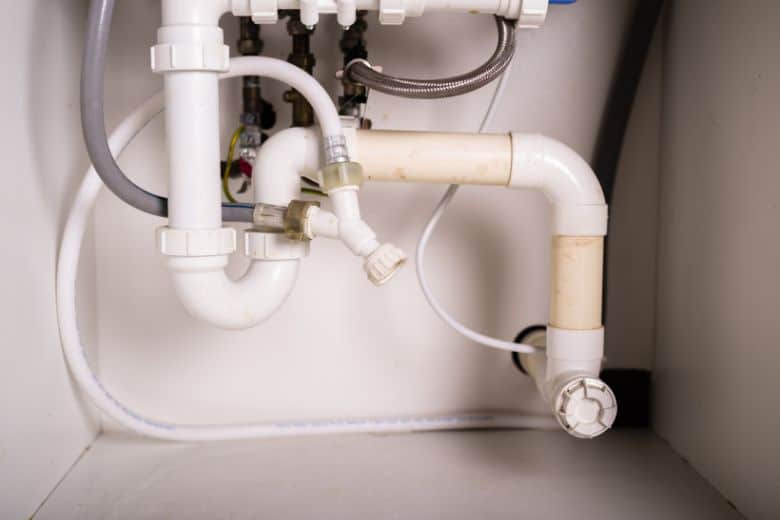
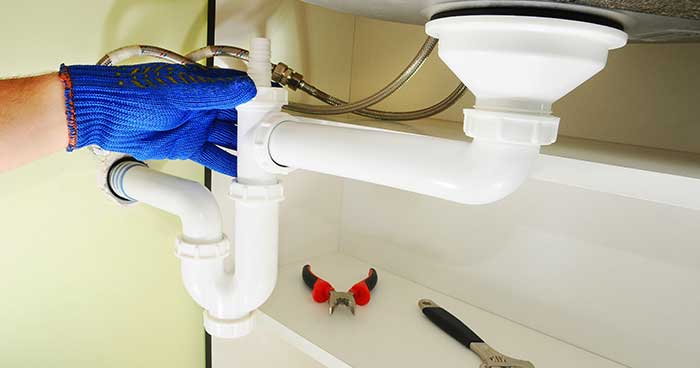




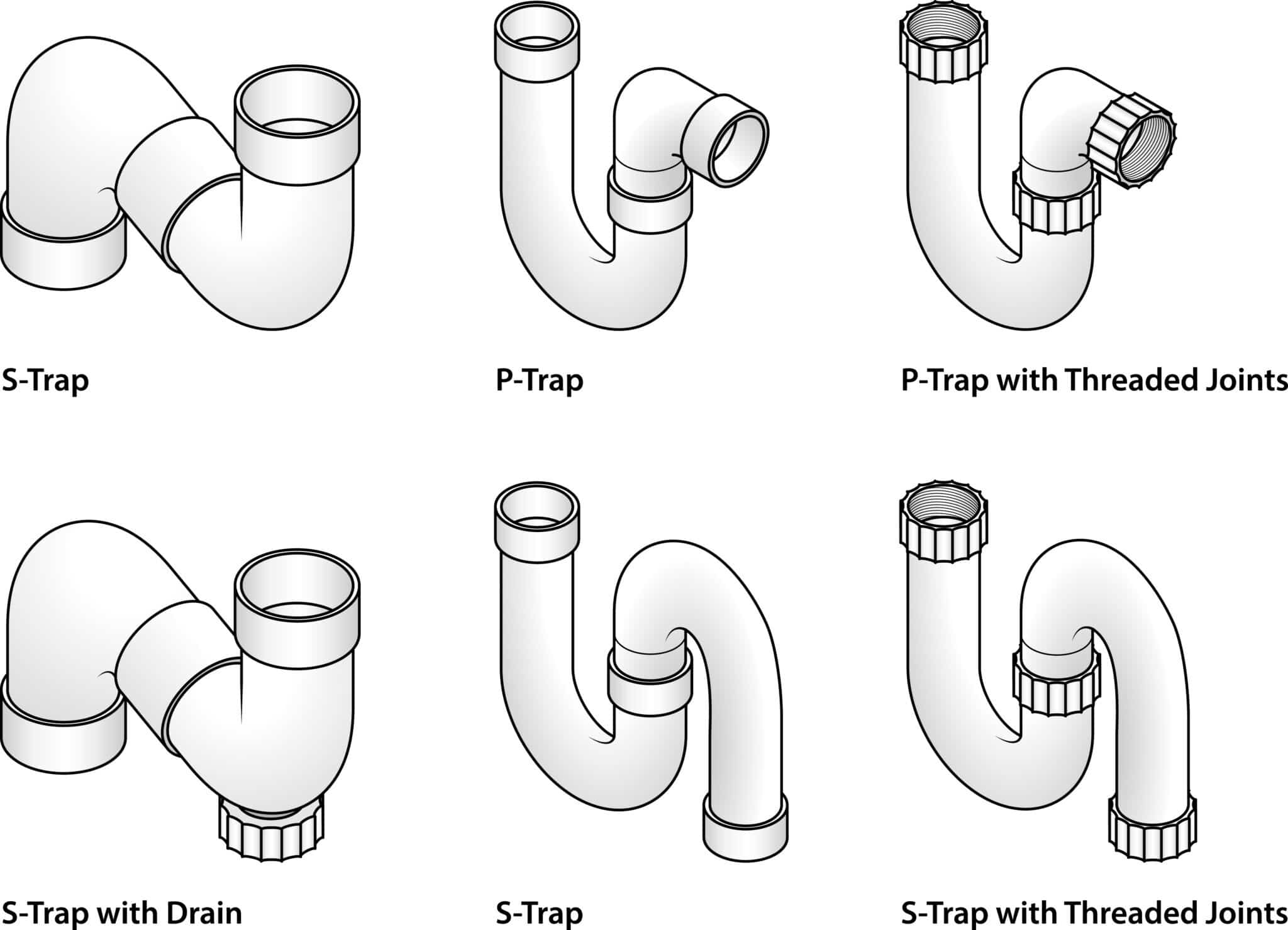
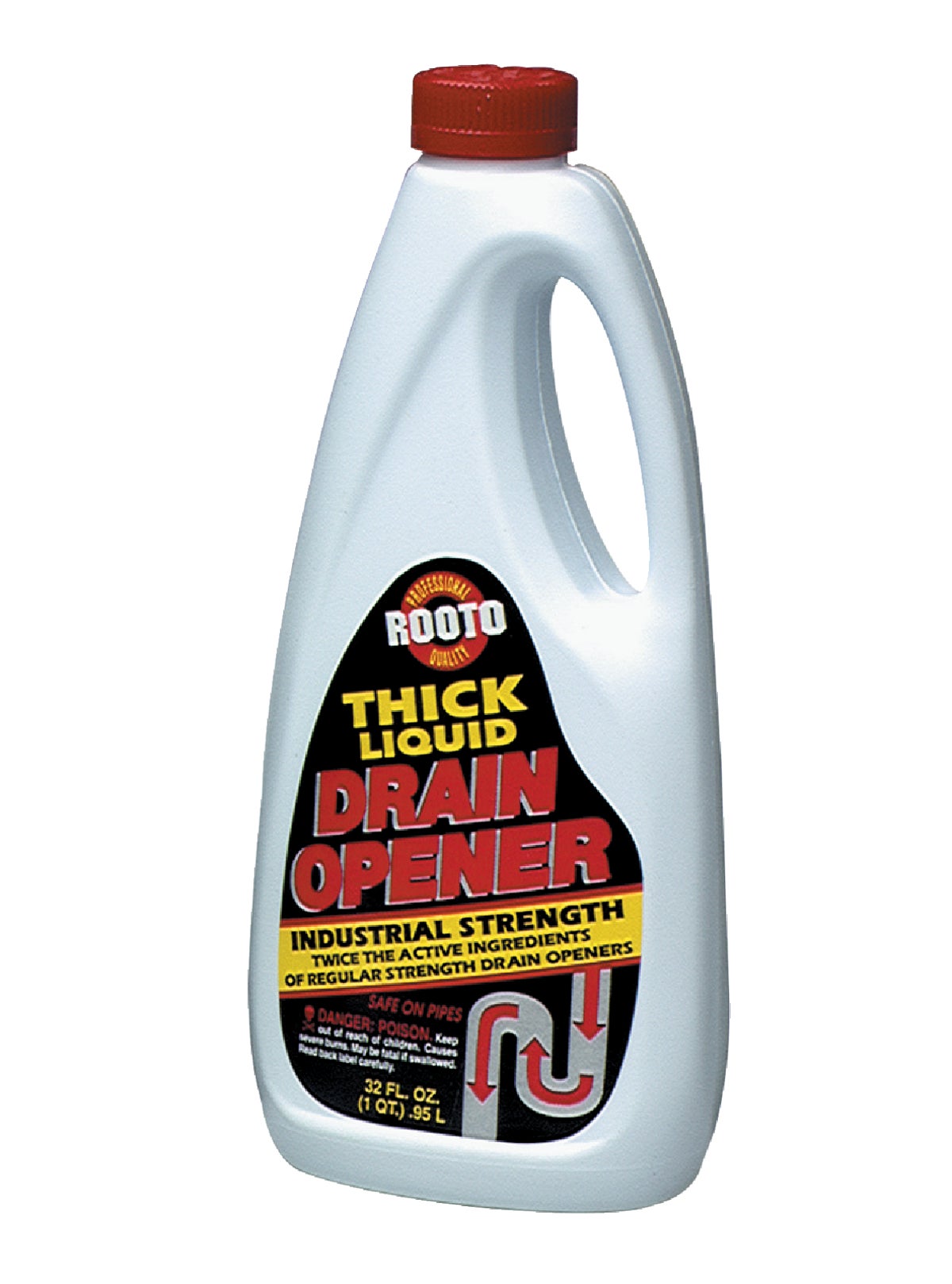



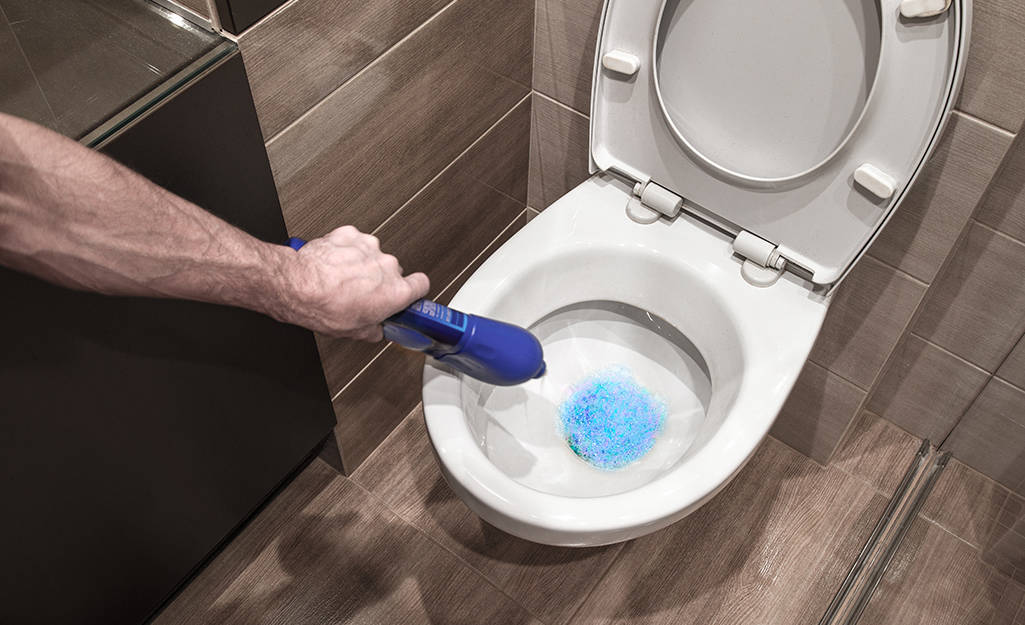
.jpg)

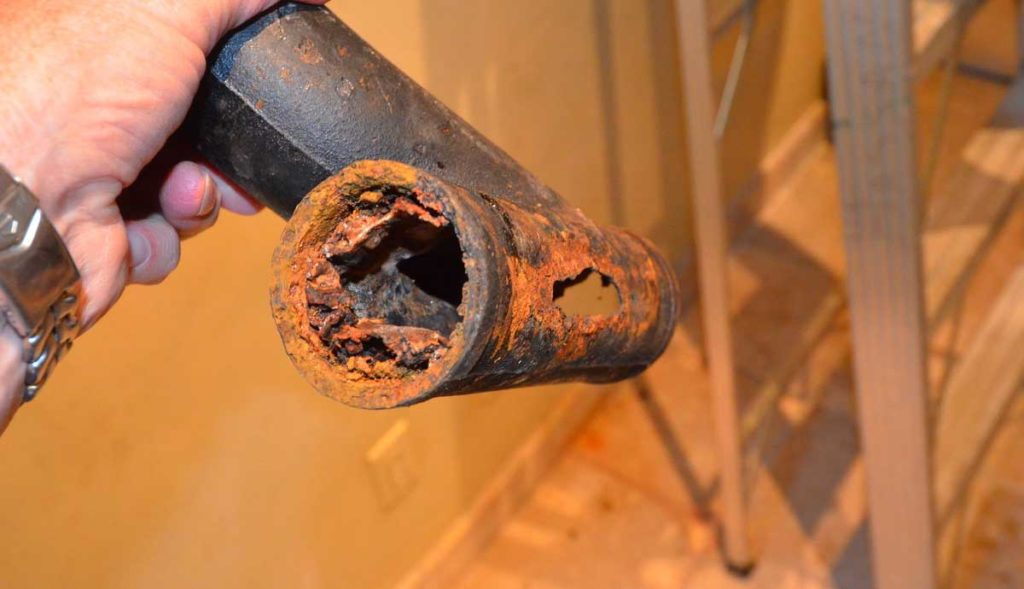
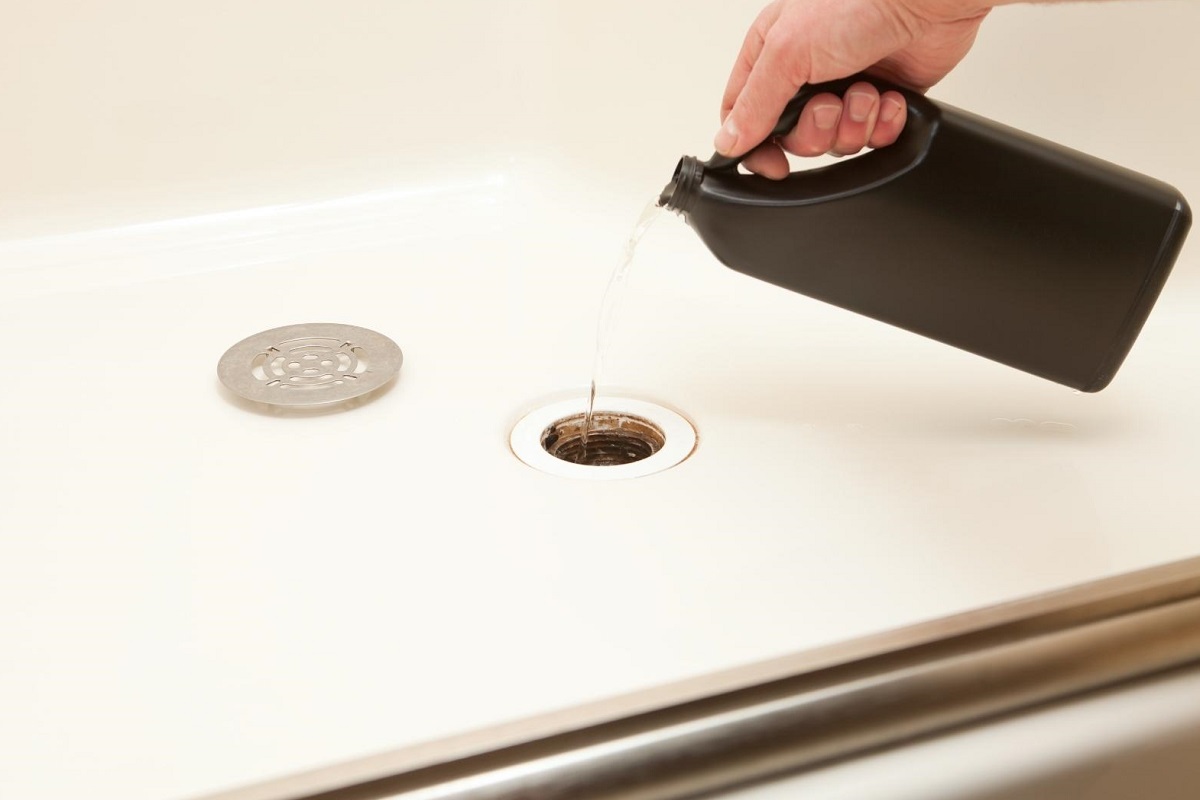
:max_bytes(150000):strip_icc()/SPR-HOME-v2-8-best-drain-openers-4177167-8e4b5c1d411f4b888b7b67f53252aa86.jpg)

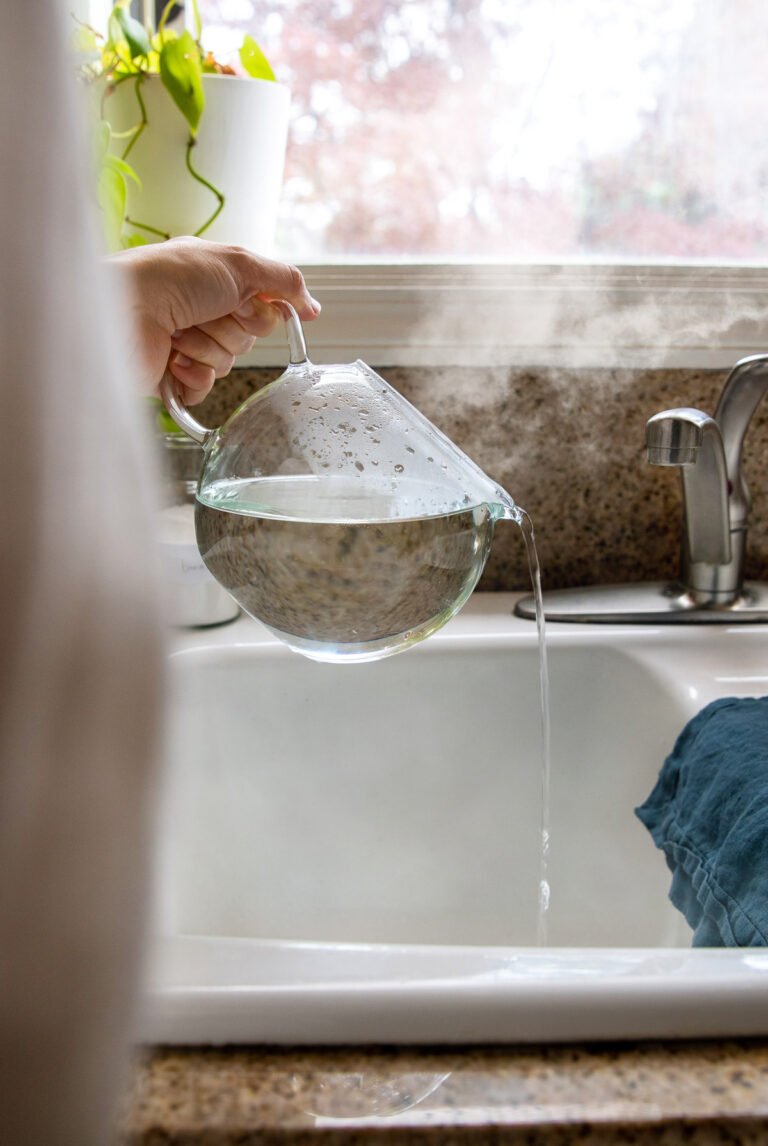

:max_bytes(150000):strip_icc()/homemade-drain-cleaner-2718784-10-d0d43469f00a45f6890b0a959d28cc8e.jpg)
:max_bytes(150000):strip_icc()/homemade-drain-cleaner-2718784_01_1041-09a5264ba2a34698816e62a385f0895f.jpg)

:max_bytes(150000):strip_icc()/homemade-drain-cleaner-2718784_02_1047-8827c189dfde4cd8925564dd12d8e3d2.jpg)

:max_bytes(150000):strip_icc()/homemade-drain-cleaner-2718784__03_1052-24cfb24130504dbb94b70957f617c58a.jpg)

